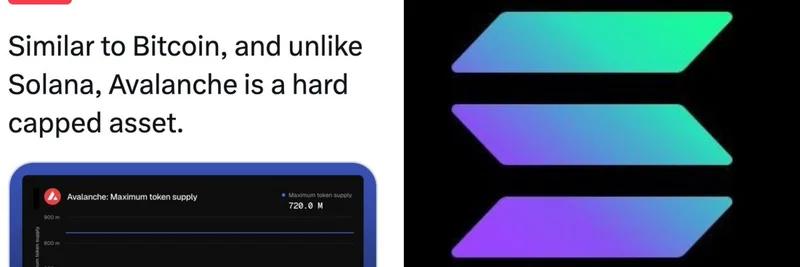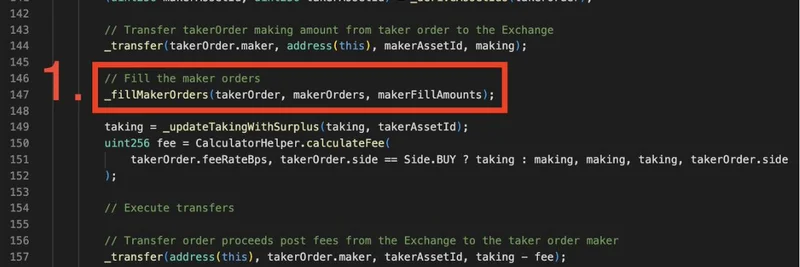In the ever-evolving crypto landscape, leverage has always been a double-edged sword—amplifying gains but also magnifying losses. A recent tweet from Nico (@nicodotfun) captures this shift perfectly: "last cycle leverage was off-chain, on CEXs. This cycle it seemed to be on-chain. Hence the huge unwinding." This observation highlights how trading dynamics have changed, moving from centralized exchanges (CEXs) like Binance or Coinbase to decentralized, on-chain protocols.
What Is Leverage in Crypto?
For those new to the space, leverage lets traders borrow funds to increase their position size beyond what their capital allows. Think of it as betting big with borrowed money. In the previous bull cycle around 2021, most of this happened off-chain on CEXs, where platforms handle the borrowing and margin calls behind closed doors. But this time around, on-chain leverage via decentralized finance (DeFi) tools has taken center stage. Protocols like Aave for lending, Pendle for yield optimization, and Ethena for synthetic stablecoins allow users to loop borrowings and yields directly on the blockchain.
This transparency is great for visibility but brutal during downturns. When prices drop, liquidations—forced sales to cover loans—happen automatically and publicly on-chain, creating cascading effects that unwind positions en masse.
The Huge Unwinding Explained
Nico's tweet points to why the recent market dip felt so intense. With more leverage stacked on-chain, the unwinding wasn't hidden in CEX silos; it was out in the open, triggering chain reactions. One reply from @ieij illustrates this: "triple looped through the pendle ethena and aave pools to maximize yield on my borrowed and reloaned funds i use for leverage trading." This kind of recursive borrowing—borrowing against borrowed assets—boosts yields but ramps up risk. When volatility hits, like the apparent drop in SUI to $0.5 mentioned in another reply, these loops unravel fast.
Another user, @deadinprofit, nailed it: "difference is we can see the bodies this time." On-chain data lets everyone track liquidations in real-time via tools like Dune Analytics or DeFi Llama, making the pain more visible and potentially accelerating panic sells.
Implications for Meme Token Traders
At Meme Insider, we're all about meme tokens—the wild, community-driven assets that thrive on hype and speculation. These tokens, often launched on chains like Solana or Ethereum, are prime candidates for on-chain leverage plays. Traders might use DeFi to amp up positions in hot memes, but as this cycle shows, the unwinding can wipe out gains overnight. For blockchain practitioners, this is a wake-up call: diversify, monitor on-chain metrics, and avoid over-leveraging to survive the volatility.
Projects like those on Pump.fun or other meme launchpads could see even sharper swings if leverage shifts further on-chain. Staying informed through resources like CoinDesk (where I used to lead the charge) or our own knowledge base here at Meme Insider can help you navigate these waters.
Looking Ahead
As crypto matures, the blend of on-chain transparency and leverage will likely lead to more efficient but volatile markets. If you're diving into meme tokens, remember: what goes up with leverage can come down just as hard. Keep building your knowledge base, and let's turn these lessons into smarter trades.


